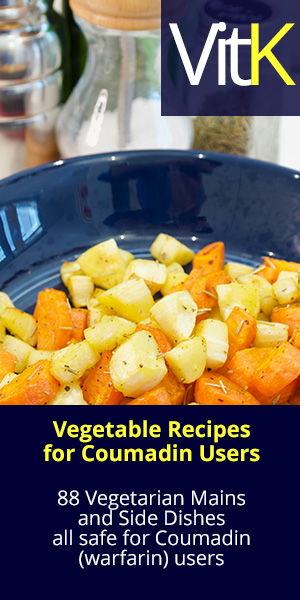
Are saturated fats are bad for you?
We know now that saturated fat is one of the culprits increasing the risk of not just heart disease and stroke but also some cancers. Unfortunately, people have gotten the idea that all fat is evil.
As much or more of a problem are trans-fats. This type of saturated fat does occur naturally in small amounts, but most that is found in foods today have been manufactured. Food producers saturate vegetable oils by bubbling hydrogen through the oil in a process called hydrogenation. One byproduct of this process is the creation of trans-fats, which provide a longer shelf life, offer better baking properties and a slick texture.
The concern is that these fats have an even stronger link to heart disease than a naturally saturated fat such as butter. The good news is that through a government regulations trans-fats are no longer allowed to be used in ultra processed foods. One of the main sources of these trans-fats was margarine, and for the most part trans fats have been eliminated from those products. This is not completely the case with processed baked goods with long shelf lives like cookies, cakes and pies, however, so check the package carefully (trans fats now have to be reported in the Nutrition Facts box on all such foods).
The effects of trans-fats extend beyond just heart disease. In one study, researchers analyzed women's diets and other factors in relation to their fertility and found that an increase of just 2% in the amount of calories eaten in the form of trans-fatty acids, instead of monounsaturated fats (like those in olive oil), more than doubled a woman's risk of infertility.
The take home message is to avoid trans fats (they are definitely “bad”). As far as saturated fats go, you're OK but limiting your consumption of these is healthier.
So how much saturated fat is healthy? The recommendations are that you get about 10% of your calories from saturated fat. That has always seemed a bit vague, though. In practical terms, this is about 17 grams of saturated fat in a 1,500 calorie diet. Working at eating leaner meats, less fried foods and getting your fats more from vegetable sources rather than from meats is the key.
Here's the lowdown on which fats are best and which to be careful of when stocking your pantry or fridge.
Meats
The leaner the better. For instance, regular ground beef that is 20% fat contains about 9 grams of saturated fat and 284 calories in a four-ounce serving. 95% lean ground beef (5% fat) has only 2.5 grams of saturated fat and a savings of about 130 calories. Choose lean cuts like top round, lean ground beef, tenderloin and flank steak.
Use great quality cured meats like Prosciutto. Such rich, full flavored ingredients go a long way in your recipes in small amounts.
Butter
Butter is mostly saturated fat, but for many recipes there's simply no substitute. A teaspoon contains about 2.5 grams of saturated fat. Use this in sparing amounts to enrich sauces, recipes like mashed potatoes and baked goods. Purchase the best quality butter you can. You end up using just a little bit and it doesn't end up adding that much fat to a recipe.
Dairy
Low fat dairy means less saturated fat. Whole milk has about 4 1/2 grams of saturated fat in a cup. The same cup of low fat milk (1%) contains only 1.5 grams. This holds true for other dairy products, like yogurt, cream cheese and cottage cheese.
There are quality low fat cheeses on the market. 2% milk sharp cheddar cheese that melts well, and 2% Monterey Jack is actually better than full fat versions.
Use full fat cheeses carefully and select the best quality cheeses. An ounce of gruyere cheese has about 5 grams of saturated fat, but the flavor is so intense that for almost any recipe an ounce or so per serving will give the same flavor as a lower-quality cheese. The same holds true for other favorites, like great quality Parmigiano-Reggiano and Romano cheeses. Just a little goes a really long way.
As with any ingredient, it's about using the best quality products you can - the best quality calories even when they do contain saturated fat.
Eating Healthy: the Basics
The How and Why of healthy eating. Everything from why you should eat breakfast to whether red meat or coffee is bad or good for you, all in straightforward terms.



